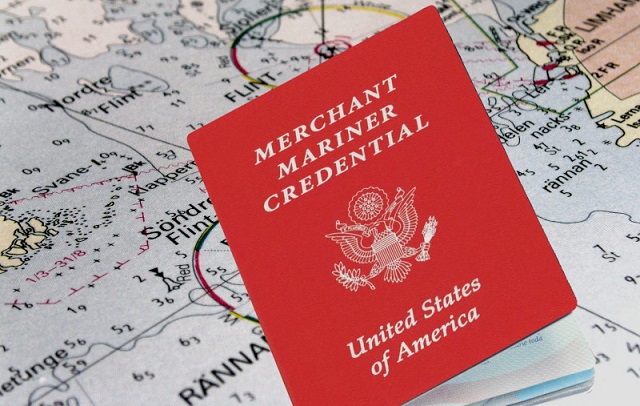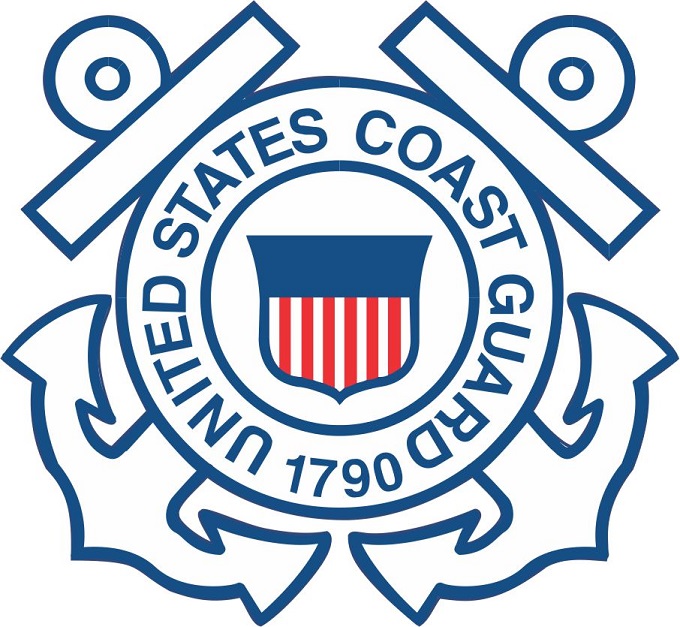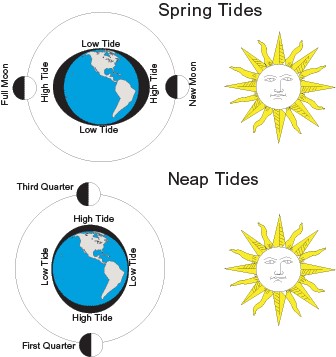
In May, 1/C cadets majoring in Marine Transportation and Marine Engineering will sit for four days of United States Coast Guard Exams. Using practice books, class notes, and apps on their phone, many cadets are already studying for the exams in their spare time.
Every Tuesday and Thursday, we’ll share five multiple-choice questions with you that have appeared on United States Coast Guard Exams in previous years. The questions are now part of practice books used by the cadets.
If you enjoy playing along at home while watching Jeopardy, or taking part in trivia competitions with your friends, then you are sure to have fun with Earn Your Coast Guard License In Five Questions.

Read each question. Carefully consider the four answer choices. Discuss the questions with classmates, friends, or family members. Look up any unfamiliar vocabulary words. Research any topics that spark your interest. Record your answers.
We’ll share the correct answers on the following Tuesday or Thursday. If you score 5 out of 5, you’ll be on your way to earning your Coast Guard License at Massachusetts Maritime Academy in the years to come. The answers to Tuesday, January 3rd’s questions about tides will be found at the end of todays’ questions.
Today’s topic is Rules Of The Road.
As you know, there are not stoplights and street signs at sea. Instead, there are Navigational Rules Of The Road that govern how different situations should be handled. The rules are based on the type of vessel and activity.
Good luck!
1. A proper lookout shall be maintained ____________________________.
A. only at night
B. only during restricted visibility
C. at all times
D. at night and during restricted visibility
2. A sailing vessel is NOT required to keep out of the way of a ________________.
A. power-driven vessel
B. vessel not under command
C. vessel restricted in the ability to maneuver
D. vessel engaged in fishing
3. When underway in a narrow channel, you should keep to the ___________________.
A. middle of the channel
B. starboard side of the channel
C. port side of the channel
D. side of the channel that has the widest turns
4. What signal would a vessel aground show during daylight?
A. one black ball
B. two black balls
C. three black balls
D. four black balls
5. A vessel engaged in trawling will show identification light of _________________.
A. a red light over a white light
B. a white light over a red light
C. a green light over a white light
D. two red lights in a vertical line

How do you think that you did? If you decide to research Rules Of The Road and complete a report or a diagram, please share it with us.
Emails may be sent to ftvsubmissions@maritime.edu. We'll share your work with cadets studying for the their Coast Guard Exams.
And now, are you ready for the answer to the questions on tides posted on Tuesday, January 3rd? Here you go!
1. What does the term “tide” refer to?
A. horizontal movement of the water
B. vertical movement of the water
C. mixing tendency of the water
D. salinity content of the water
2. The lunar or tidal day is _________________________________________.
A. about 50 minutes shorter than the solar day
B. about 50 minutes longer than the solar day
C. about 10 minutes longer than the solar day
D. the same length as the solar day
3. How man high waters usually occur each day on the East Coast of the United States?
A. one
B. two
C. three
D. four
4. A tide is called diurnal when ______________________________________.
A. only one high and one low water occur during a lunar day
B. the high tide is higher and the low tide is lower than usual
C. the high tide and low tide are exactly six hours apart
D. two high tides occur during a lunar day
5. Spring tides are tides that ________________________________.
A. have lows lower than normal and highs higher than normal
B. have lows higher than normal and highs lower than normal
C. are unpredictable
D. occur in the spring of the year
